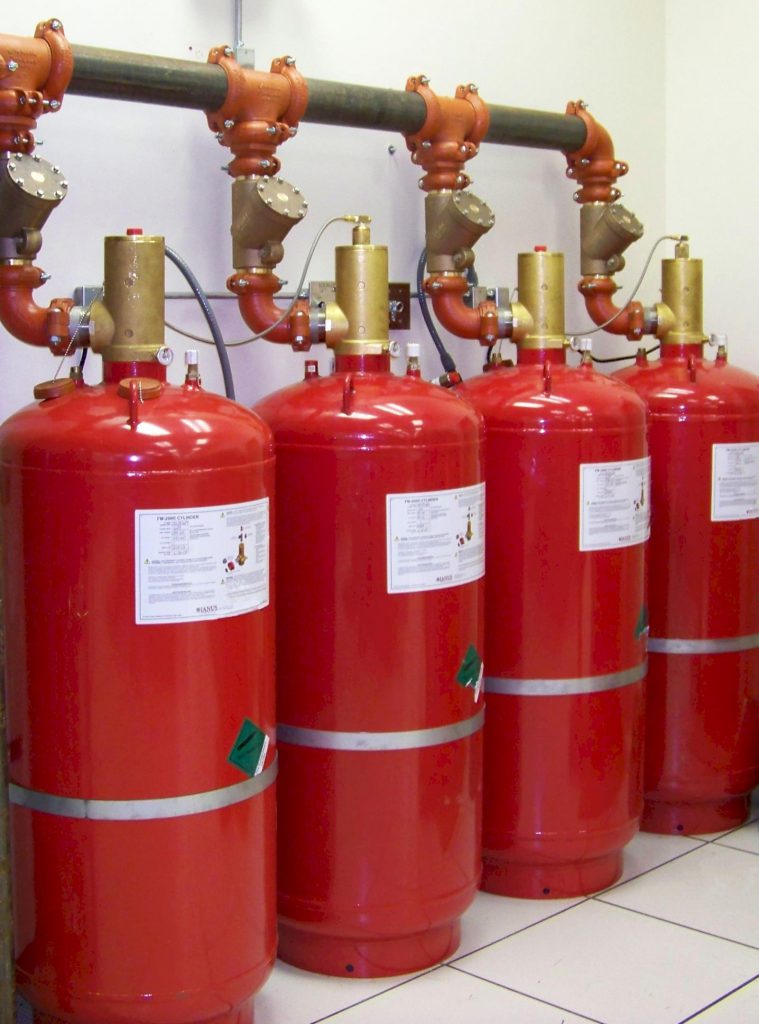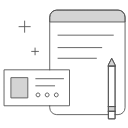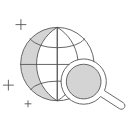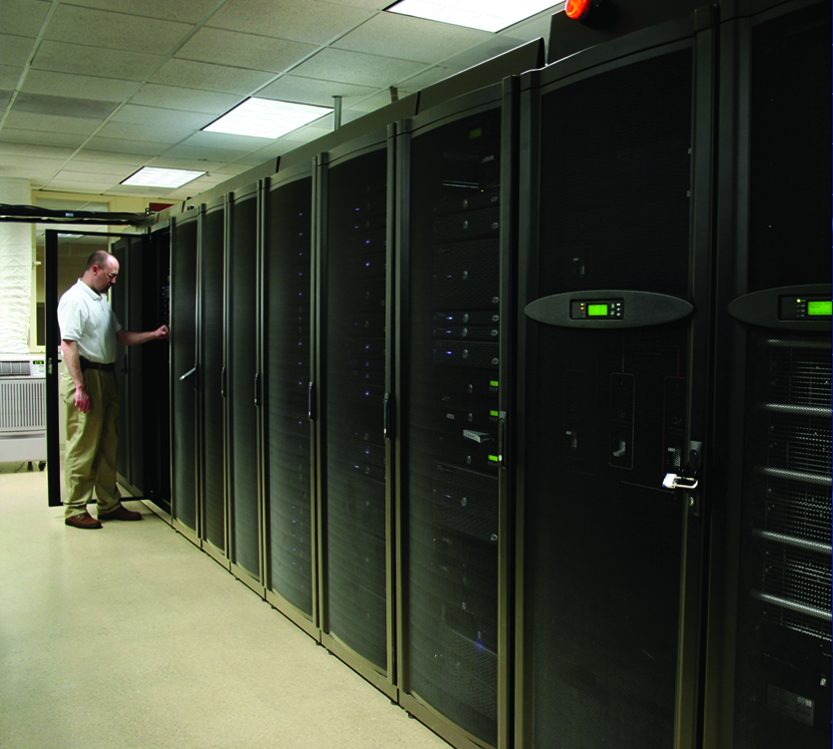WHAT IS NOVEC 1230 FLUID?
Clean Agent Suppression Systems using Novec 1230 Fluid
Novec 1230 fluid is formed from the elements carbon, fluorine and oxygen [CF3CF2C(O)CF(CF3)2 – dodecafluoro-2-methylpentan-3-one]. The primary extinguishing mechanism of Novec 1230 fluid is heat absorption, with a secondary chemical contribution from the thermal decomposition of Novec 1230 fluid in the flame.
Novec 1230 fluid leaves no residue and is safe for use in occupied spaces. Manufactured by 3M, it is electrically non-conductive and environmentally sustainable.

3M™ Novec™ 1230 Fire Protection Fluid
A Next Generation Halon 1301 replacement, Novec 1230 fluid is an environmentally friendly solution for waterless fire suppression
- Safe for human occupancy.
- Atmospheric Lifetime of <5 days, making Global Warming Potential (GWP) negligible
- Zero Ozone Depletion Potential (ODP)
- Appears on US Environmental Protection Agency (EPA) Significant New Alternatives Policy (SNAP) list
- Discharges in 10 seconds or less to extinguish fires rapidly, minimizing damage to high value assets.
- Designed in accordance with NFPA 2001.
- UL listed and FM approved.
- Marine system with USCG and ABS approvals also available.

1. Agent Storage Components
Storage components consist of the cylinder assembly(s), which contains the Novec 1230 fluid, and the cylinder bracket(s), which holds the cylinder assembly securely in place.

2. Agent Fluid Distribution Components
Distribution components consist of the discharge nozzles used to introduce the Novec 1230 fluid into a protected hazard along with the associated piping system used to connect the nozzles to the cylinder assembly.

3. Trim Components
Trim components complete the installation of the suppression system and consist of connection fittings, pressure gauge, low-pressure supervisory switch, electric valve actuator, and manual valve actuator.

4. Slave Arrangement Components
Slave arrangement components consist of the pneumatic valve actuator(s), actuation check valve, vent check, actuation hose, and fittings required for a multiple cylinder (slave) arrangement.

5. Supplemental Components
Supplemental components include the discharge pressure switch and manifold check valve. They supplement the core equipment or complete a specific multi-cylinder configuration.

6. Control Panel
This device monitors the condition of the electric actuator, detectors, warning devices, cylinder pressure, and any manual release and abort stations. All electric or electronic devices must connect to the control panel in order to function.

7. Detection and Alarm Devices
Detection devices coupled with manual release and abort stations maximize system efficiency while audible and visual alarm devices alert staff of alarm conditions.
Click to download Datasheet: Standard Industrial
TYPICAL AREAS OF FIRE PROTECTION
- Computer rooms and Data Centers
- Control rooms
- Telecommunication facilities
- Museums
- Historical archive storage
- Art galleries
- Pharmaceutical and medical facilities
- Record storage facilities
- Engine/Generator Rooms on Marine Vessels
- Bridges of Ships
- Offshore Platforms

